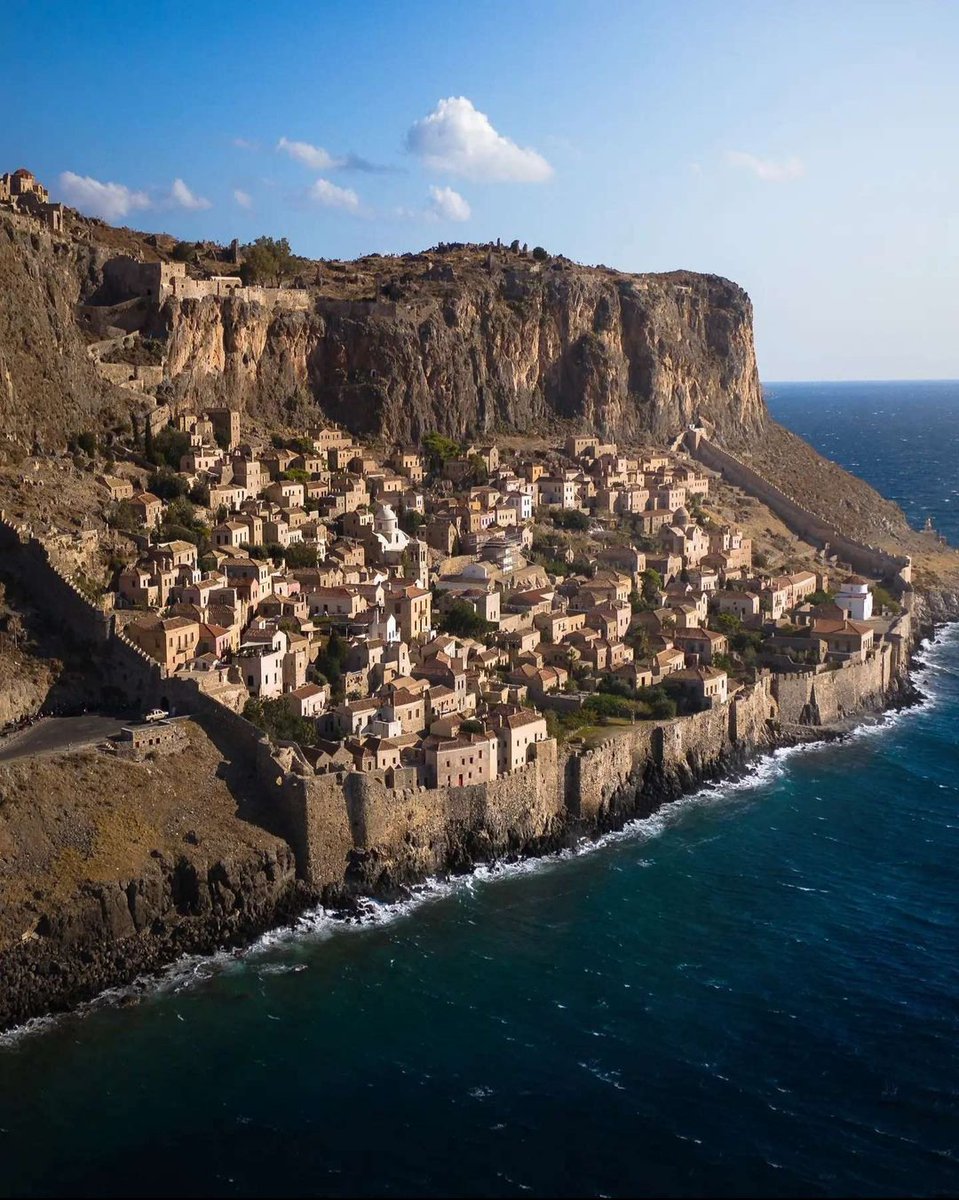
2/ Carnelian Intaglio with a female head with long curls, identified as Galene (personification of calm at sea). 1st century CE
©Phoenix Ancient Art
©Phoenix Ancient Art

3/ Made from a single piece of sapphire (hololith), is believed to have been owned by the Roman Emperor Caligula, who reigned from 37 CE until his assassination four years later. The ring possibly depicts his fourth wife Caesonia.
©Sold by Wartski to a private collector
©Sold by Wartski to a private collector

4/ Gold wedding-ring set with a stone of aquamarine. The names Valerianus and Paterna are inlaid in niello around the edges of the ring. 3rd c. CE
©British Museum
©British Museum

• • •
Missing some Tweet in this thread? You can try to
force a refresh




















